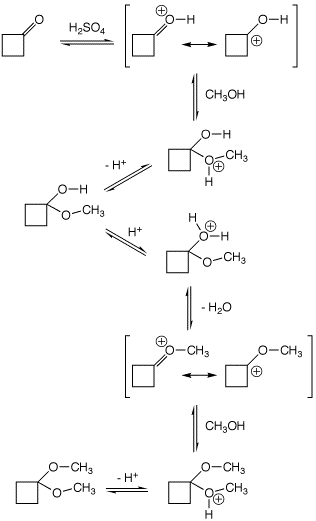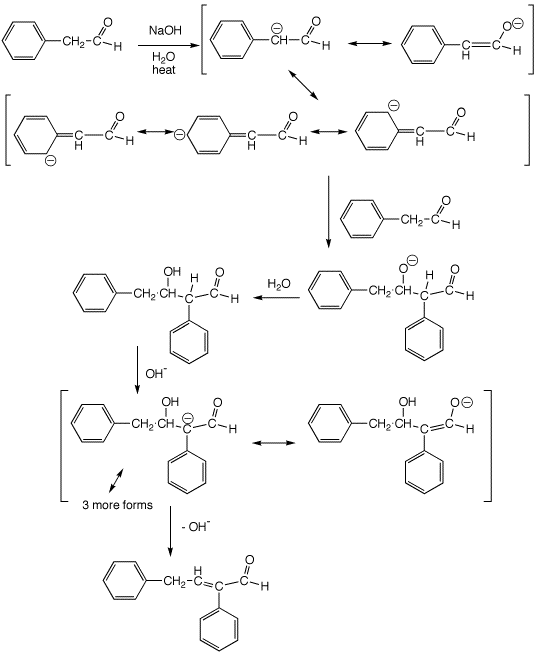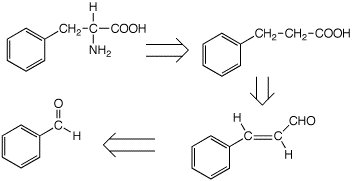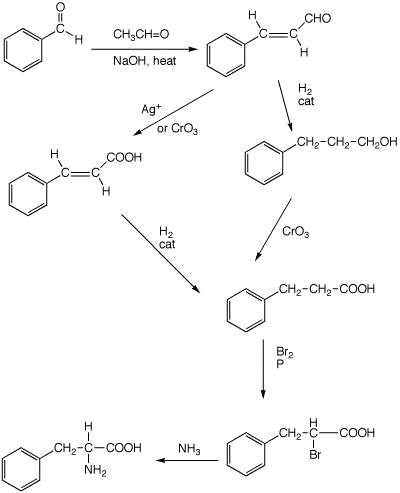
Organic
Chemistry III
 |
Organic
Chemistry III
|
|
Professor Carl C. Wamser |
||
Exam 1 Answer Key |
Chem 336 - Spring 2005 |
1. (15 points) Write complete names for each of the following, including stereochemistry if it is specifically shown.
a) 
potassium 2,2-dimethyl-3-oxopentanoate
b) 
(S)-2-methyl-2,3-diphenylpropanenitrile
c) 
methyl 4-(dimethoxymethyl)benzoate
d) 
trans-4-tert-butylcyclohexyl formate OR
trans-4-(1,1-dimethylethyl)cyclohexyl methanoate
e) 
2-(p-cyanophenyl)-N-ethylethanamide
a) the hydrate of p-nitrobenzaldehyde

b) the enolate anion of tert-butyl ethyl ketone

c) any delta-lactam

d) pentanedioic anhydride

e) cis-4-isobutylcyclohexanecarboxylic acid
![]()
Add H+ to the most basic site:
a) 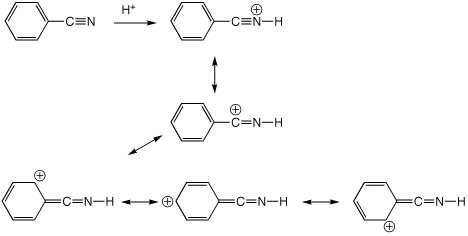
b) 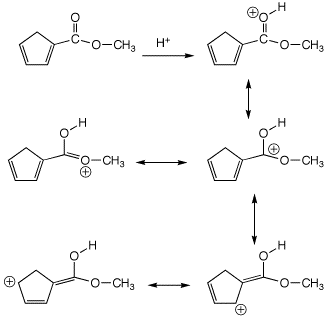
Remove H+ from the most acidic site:
c) 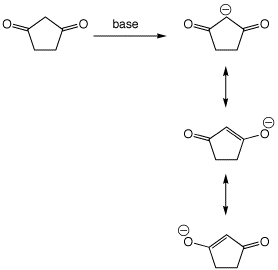
Add OH- to the beta-position:
d) 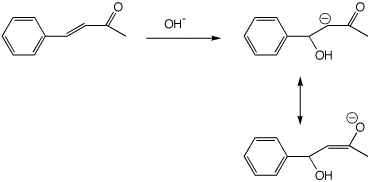
a) 
b) 
c) 
d) 
e) 

